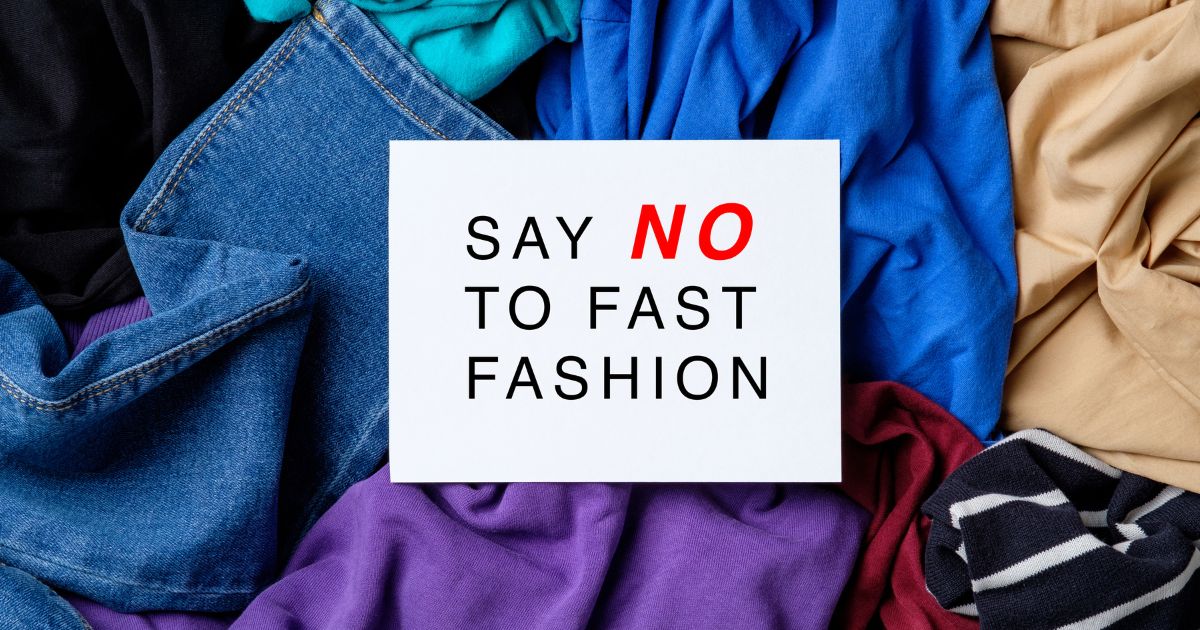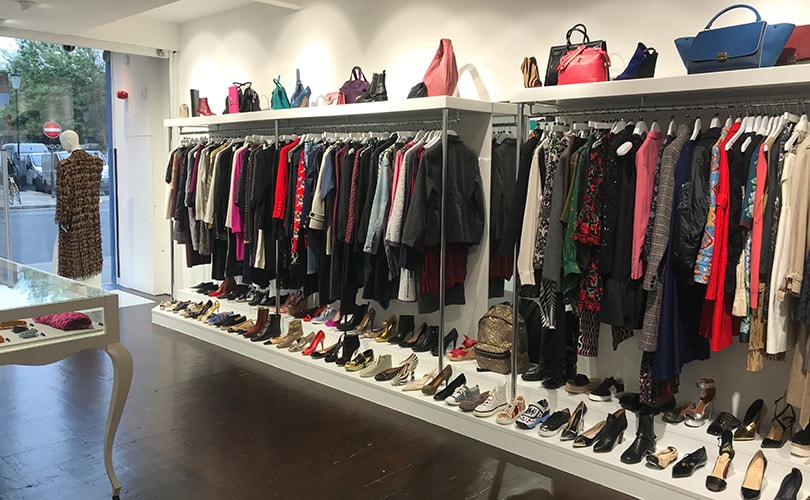The Hidden Costs Of Fast Fashion
-Pooja
INTRODUCTION
The overconsumption, frightfully low pay, harsh work situations, and notion that clothing should be tossed out merely because it’s out of style have all been perpetuated by fast fashion consumers. One must comprehend the fashion cycle to comprehend why rapid fashion has revolutionised the market. The fashion cycle, which has five distinct phases and begins with introducing new fads and concludes with obsolescence, determines when trends rise and fall. Clothing companies typically produce new collections two to three times a year. However, labels concentrating on the newest trends must adhere to this plan. By observing consumer behaviour patterns, they can determine what sells and doesn’t.
THE DILEMMA
When social media influencer accepts a brand deal from a fast-fashion company, they work together to promote products on their platforms. The rise of fast fashion aligns with the strategic new use of influencer marketing methods. This marketing strategy generates hundreds of thousands of views, invariably causing an increase in website traffic; this is especially true if a company can offer the influencer a discount code that is so amazing that it almost begs the question, “Is it too good to be true? “Fast fashion brands, which often exclusively conduct business online and offer goods at the press of a button, are the primary sources of brand deals since they have the resources to pay for celebrity endorsements. In contrast, many manufacturers prioritising ethical practices need more skills and power to use such marketing strategies. People become dazzled when they see an enticing price tag; it is too difficult to step back and wonder how branded clothing could cost less than Rs.500. Social media’s effect has undoubtedly expedited this issue. The viewers are often compelled to follow suit when the ‘fashionistas’ they look up to adopt a different look with the help of these brands.
Every time they are posted, clothing “hauls” receive at least a few hundred thousand views, demonstrating that consumers want to know what is trendy and what is not. Social media users under 30 who are interested in fashion turn to influencers, and influencers turn to brands that will support their next social media endeavours. Fast fashion stores can quickly supply new trends because their primary objective is to give customers the items that have taken over their Instagram feeds. Trend-focused websites rapidly recreate popular items using unethical labour practices, enabling them to offer their products at low prices, ultimately convincing customers to click the “check out” button without giving it a second thought, rather than tailoring their inventory to a specific audience.
The basis of this cyclical problem, which includes excessive consumerism and unfair labour practices, occurs in the sweatshops of many well-known merchants. The infamous Dhaka factory collapse of 2013—a terrible incident in which over 1,100 people perished and over 2,600 others were hurt—has repeatedly been referred to as the “worst-ever industrial tragedy” of the apparel sector. The fact that the collapse was a ticking time bomb that could have been avoided if the factory owners had valued the lives of their workers enough was perhaps the most concerning aspect of this.
Countries with clothes factories have laws that permit companies to overwork their workforces severely. Despite being made aware of the building’s maintenance difficulties, the employer in the Dhaka plant failed to see this as a cause for concern sufficient to suspend operations. This industry has repeatedly demonstrated that monetary gain precedes fundamental human rights. Low wearability is caused by hurriedly assembled clothing that takes only a few minutes. Although purchasing a few pieces from a retailer like Zara or H&M may seem like a great deal, customers are not getting the most for their money due to microtrends’ extremely brief lifespans and the subpar clothing that buyers quickly acquire. Services like free express delivery are made available if the customer makes a sizable purchase. This is another seemingly insignificant detail that, while it may seem like a convenience to the buyer, actually contributes to the excessive consumption of clothing, a factor in the unfavourable working conditions that workers endure. They must labour anywhere from 14 to 16 hours each day, seven days a week, to meet the demands of their company.
CAN YOU ACTUALLY AFFORD FAST FASHION?
People frequently purchase clothing from fast fashion companies because they think they’re receiving an unbeatable value; however, the truth is the contrary. According to Vogue, the actual cost of production for a $20 shirt is not much more than a few dollars. Additionally, those who produce these clothes will only receive a few cents. By using fast fashion retailers, customers are tricking themselves. According to Clever Girl Finance, sustainable shops have adopted a new strategy known as Cost Per Wear, which demonstrates the genuine value of a garment, to educate shoppers about the high cost of fast fashion.
A made-to-order clothing company like Mirror Palais offers more affordable costs than a store like Zara when comparing the two extremes of the fashion industry.
For instance, a shirt from Mirror Palais that costs $80 is a better deal than a shirt from Zara that costs $30; a garment that a person spends will logically get more wear, lowering the overall CPW and giving the piece more value.
RESPONSIBLE SHOPPING
Although it could be alluring to load up a cart with clothing at what would seem like a reasonable price, it’s crucial to remember that the amount of use that each item receives is a more significant measure of value.
Influencers and fashionistas can still create their dream outfit even without fast fashion. Purchasing high-quality clothing can reduce the need to buy new clothing frequently. Other easy approaches include buying or renting used clothing from stores that source their items responsibly. While it’s crucial for consumers to strike a balance between affordability and quality, fashion’s ramifications sometimes need to be addressed. However, people must keep in mind that, financially and morally, purchasing from some stores is only sometimes as reasonable as it first appears.
Author: Pooja Payyadikal

















